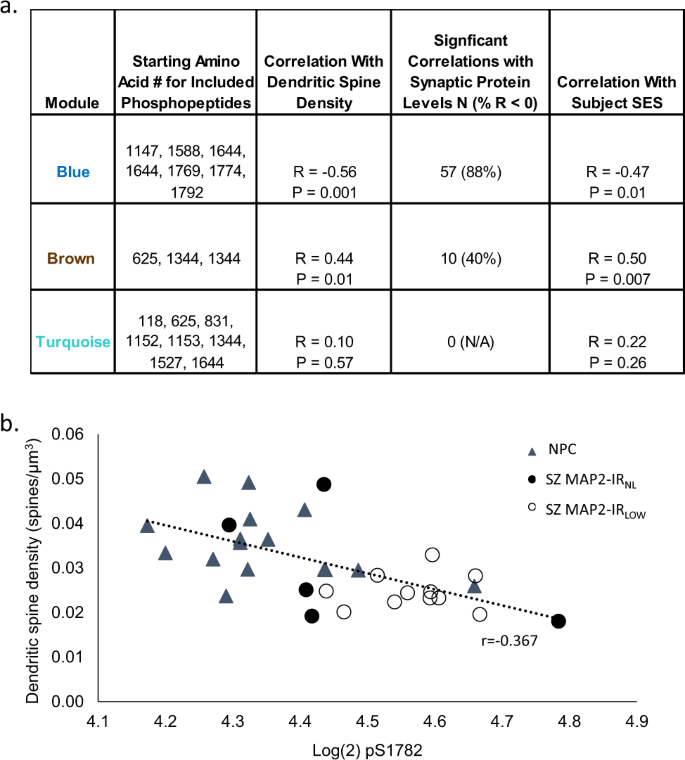
He became renowned for his military prowess in these campaigns, which helped expand the territory of the Crown of Castile at the expense of the Muslims and Sancho's brothers' kingdoms. El Cid went on to lead the Castilian military campaigns against Sancho's brothers, Alfonso VI of León and García II of Galicia, as well as in the Muslim kingdoms in al-Andalus. He rose to become the commander and royal standard-bearer ( armiger regis) of Castile upon Sancho's ascension in 1065. Summary īorn a member of the minor nobility, El Cid was brought up at the court of Ferdinand the Great and served Ferdinand's son, Sancho II of León and Castile. The combination of "Cid Campeador" is documented from 1200 in Linaje de Rodrigo Díaz (The Lineage of Rodrigo Díaz) in Navarro-Aragonese which form part of the Liber regum written as "mio Cit el Campiador" and in El Cantar de mio Cid. This title appears for the first time, as "Meo Çidi," in the Poema de Almería, composed between 11. It has been conjectured that Rodrigo Díaz received the honorific title and respectful treatment of contemporaries in Zaragoza because of his victories in the service of the King of the Taifa of Zaragoza between 10 however, he more likely received the epithet after his conquest of Valencia in 1094. The epithet of "El Cid" ( Spanish pronunciation: ), meant the Lord-probably from the original Arabic ( Arabic: السَّيِّد, romanized: al- Sayyid)-and was a title given to other Christian leaders.

Rodrigo Díaz was recognized with the honorary title of "Campeador" during his lifetime, as is evidenced by a document that he signed in 1098, which he signed in the Latinized expression, "Ego Rudericus Campidoctor" or "I Rodrigo Campeador." The title "Campeador" comes from the Latin "Campidoctor," literally meaning "Doctor of the Field" but can be translated as "Master of the Battlefield." Arabic sources from the late 11th century and early 12th century call him الكنبيطور (alkanbīṭūr), القنبيطور (alqanbīṭūr), and also Rudriq or Ludriq al-Kanbiyatur or al-Qanbiyatur, which are Arabized forms of Rodrigo Campidoctor. Here on the penultimate and final line of the document's text appears the autograph of Rodrigo Díaz: «ego ruderico, simul cum coniuge mea, afirmo oc quod superius scriptum est.» This translates as "I Rodrigo, together with my wife, affirm that which is written above." To this day, El Cid remains a popular Spanish folk hero and national icon, with his life and deeds remembered in popular culture. There are various theories on his family history, which remains uncertain however, he was the grandfather of García Ramírez de Pamplona, King of Navarre, the first son of his daughter Cristina Rodríguez. After his death, El Cid became Spain's celebrated national hero and the protagonist of the most significant medieval Spanish epic poem, El Cantar de mio Cid, which presents him as the ideal medieval knight: strong, valiant, loyal, just, and pious.

His wife, Jimena Díaz, inherited the city and maintained it until 1102 when it was reconquered by the Moors.ĭíaz de Vivar became well known for his service in the armies of both Christian and Muslim rulers. He reclaimed the Taifa of Valencia from Moorish control for a brief period during the Reconquista, ruling the principality as its Prince ( Señorío de Valencia ) from 17 June 1094 until his death in 1099.

As the head of his loyal knights, he came to dominate the Levante of the Iberian Peninsula at the end of the 11th century. He was born in Vivar del Cid, a village near the city of Burgos.

Fighting with both Christian and Muslim armies during his lifetime, he earned the Arabic honorific al-sīd, which would evolve into El Cid (“the lord”), and the Spanish moniker El Campeador (“the champion”). 1043 – 10 July 1099) was a Castilian knight and warlord in medieval Spain.


 0 kommentar(er)
0 kommentar(er)
